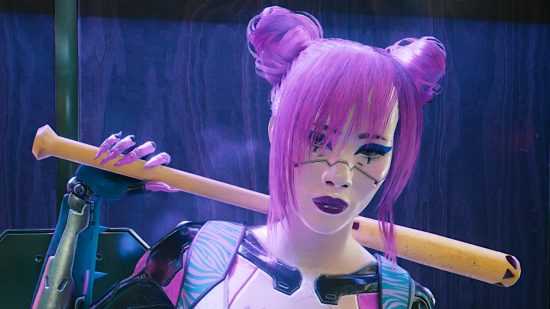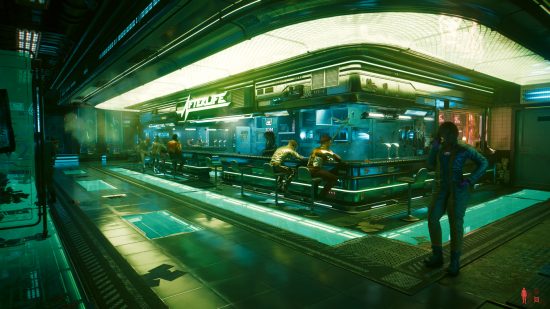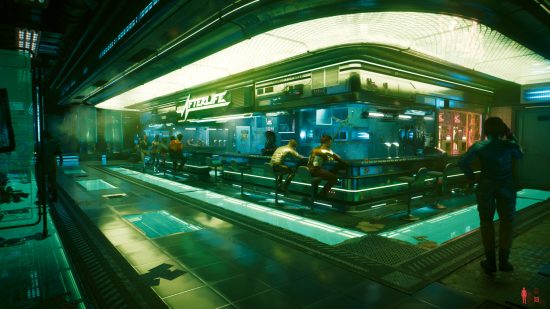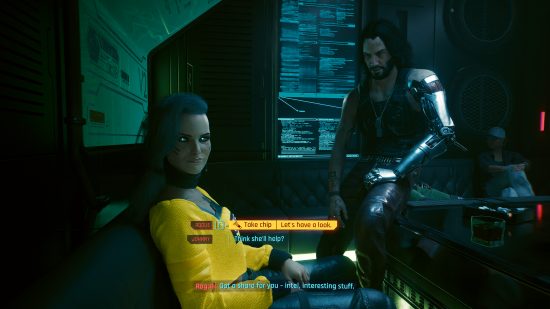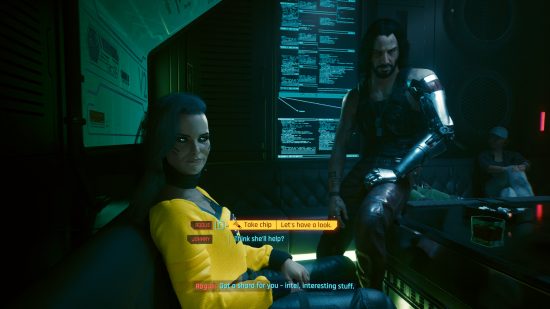The release of Nvidia DLSS 3.5 in Cyberpunk 2077 feels like a watershed moment in PC graphics, in that I can’t foresee an instance in which I’d prefer to play ray traced games without DLSS Ray Reconstruction. In fact, after spending some time using the entire suite to revisit Night City, it’s tempting to go as far as to say that I welcome our AI-driven future.
For those out of the loop, the unhelpfully named Nvidia DLSS 3.5 doesn’t refer to a new version of the Deep Learning Super Sampling upscaler (as 1.0 and 2.0 did). Instead, DLSS 3.5 describes a suite of technologies that can support the aforementioned technology, as well as Frame Generation, and now also Ray Reconstruction. So, with that out of the way, let’s talk about why it’s such a big deal.

Nvidia describes Ray Reconstruction as a technique that improves the quality of ray and path traced effects, such as reflections, global illumination, and dynamic lighting. It does this by replacing the hand-tuned denoisers used in games with, you guessed it, an AI-powered renderer. If you’d like to learn more about the technical details behind it, check out Nvidia’s blog here, but suffice to say the results in practice are nothing short of awesome.
Taking to the neon-soaked streets of Cyberpunk 2077, armed with an Nvidia GeForce RTX 4080, I immediately stopped by Afterlife to soak in some reconstructed rays. Looking at the bar from the entranceway, the improvements Ray Reconstruction provides here are subtle but noticeable.
Looking at the club’s floor, the gaps between each of the metallic tiles is better defined thanks to improved shadow detail. This same improvement is visible on the ridged surfaces above the bar itself, including the ventilation grates. Reflections on all these surfaces are also more detailed thanks to the greater retention of material detail, providing a more accurately sharp but rough effect.
However, it isn’t until I sit down with Rogue that I notice one of the more dramatic improvements that Ray Reconstruction offers. All the details of the lovingly crafted textures that make up her character model are brought out in full force with the technology enabled, from the wrinkles and freckles on her face to her jacket’s material. Even her hair is improved with more defined individual strands.
You can see these same improvements manifest on Johnny Silverhand too, in the wrinkles of his fingers, the metallic shine of his belt and elbow, and his luscious locks of hair. While these differences on their own aren’t wholly transformative, it’s hard not to describe Ray Reconstruction as a technique greater than the sum of its parts. Speaking for myself, I certainly feel more immersed in the world of Night City with it enabled than I do otherwise.
That said, Ray Reconstruction isn’t perfect yet. The most noticeable problem, to my eye, is akin to a ghosting effect that can occur on faraway NPCs or those in environments in which lightning shifts from one color to another. This is distracting and disappointing, but I have no doubt this can be fixed through tuning Ray Reconstruction further.
In short, I recommend anyone playing Cyberpunk 2077 with an RTX GPU to enable both DLSS Super Resolution and Ray Reconstruction. The technologies at this point are a no-brainer, and I’m glad that Nvidia is able to extend these benefits to everyone from an RTX 2050 right up to the GeForce RTX 4090. It won’t be long until we have other games with which to test it as well, with Alan Wake 2 due very soon.
However, I don’t want a future devoid of competition. As such, I sincerely hope that both AMD and Intel are taking notice and are cooking up technologies that’re equally (if not more) compelling.
Check out our Cyberpunk 2077 Phantom Liberty review if all this talk of ray tracing has you itching to return to the RPG.
